
Integrated solution providers to the oil and gas industry Your process engineering and chemistry requirements under one roof…
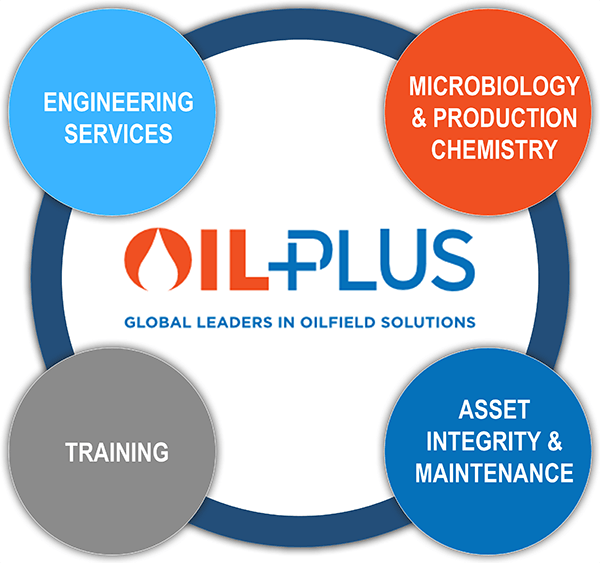
With a core business focused on process design, production chemistry and flow assurance issues, our work in some 70 countries has provided major benefits in terms of: increases in volume of reinjected water and produced oil; improvements to oil quality, environmental discharge quality and operational safety; decreases in well work-over and pipe replacement frequency.
We have developed specialist sampling and analytical equipment to generate accurate data at site. This is complemented by laboratory testing and modelling software for interpretation by our experienced experts.
Our recommendations for mitigation have led our customers to successful outcomes in their quests to reduce production costs, operate safely and increase the cost-effectiveness of their capital and operating costs.
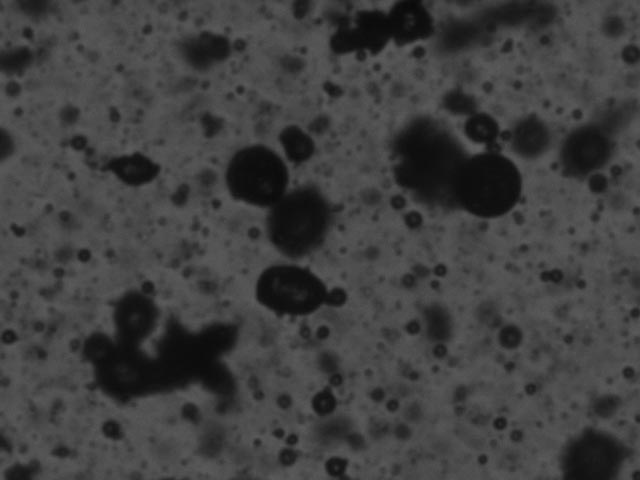
The clip shows solids and oil present in the process fluids passing through an Induced Gas Floatation (IGF) tank.
Poor fluid separation in Induced Gas Flotation (IGF) tank.
On-site fluid analysis using specialised equipment to monitor actual particle sizes during a set time period to determine whether chemicals would improve the separation/residence time.
The on-site study identified that the IGF was not working efficiently due to small particles of iron sulphide generated by sulphate-reducing bacteria (SRB). This iron sulphide was becoming coated in oil, to create what is known as schmoo. Biocides were recommended to stop microorganisms generating iron sulphide, thus solving the problem at the root and stopping more schmoo being formed, allowing the oil droplets to coagulate and be removed by the IGF.
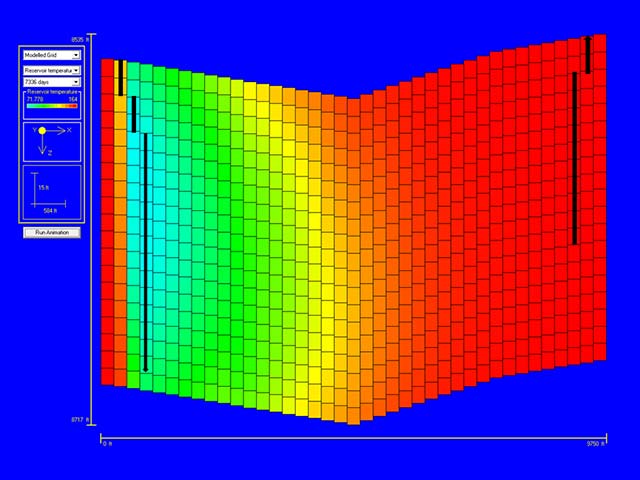
Cross section well pair showing temperature profiling using oil plus’s souring model.
An operator was considering water injection to increase seep efficiency in secondary oil recovery for a new offshore deep-water field. Analysis of the water composition, obtained during initial well testing, indicated the field waters contained significant sulphates and short-chain carbon-containing VFAs, as well as nitrates. Laboratory tests. There was a likelihood of H2S generation and subsequent breakthrough at the producer wellheads.
Computer modelling using a 2-D finite difference flow simulator, was used to predict the reservoir souring potential for a single injector/producer well pair in each reservoir. The model incorporated the results of two laboratory test programmes for H2S generation and reservoir scavenging capacity conducted by Oil Plus:
The model provided worse case scenarios for H2S production, allowing the client to select materials resistant to H2S concentrations of up to 70ppm. Based on the results, the client was able to keep operational costs to a minimum by dosing a biocide and H2S scavenger to protect the process facilities against the risk of corrosion caused by the presence of H2S. By factoring reservoir souring into the design of the plant, this provided the client with and estimated ROI of the study of $100.4m
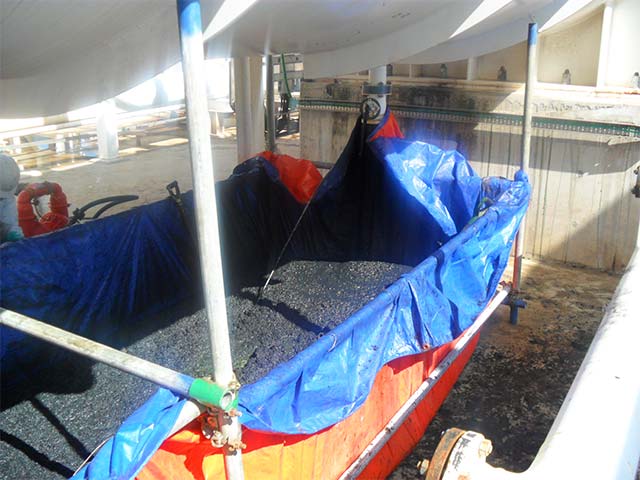
The extent of solids dropping out of the bottom of the IGF vessel.
The client had an issue with an undesirable sludge being caused by the presence of bacteria in the bottom of an IGF vessel.
During the on-site audit, additional equipment was installed so that the process fluids could be monitored and recorded as part of the overall site analysis data gathering programme.
Oil Plus was able to recommend 12 resolutions to issues found with the IGF vessel to the client; including a full review of appropriate biocide treatment options to remove the microbial contamination. Thereby enabling the client to achieve its target Oil in Water discharge value.
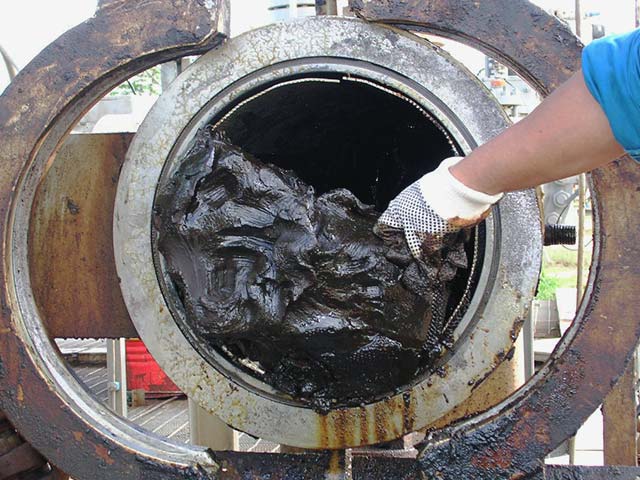
Example of wax formation in a production process pipeline.
Initial analysis of a small oil sample recovered at the time of drilling, showed it was a waxy crude oil.
Oil Plus independently evaluated the performance of six commercially available wax treatment chemicals.
Oil Plus recommended that, if applied correctly, adding the recommended pour point depressant chemical would resolve flow assurance issues, providing an ROI of $105.18M.
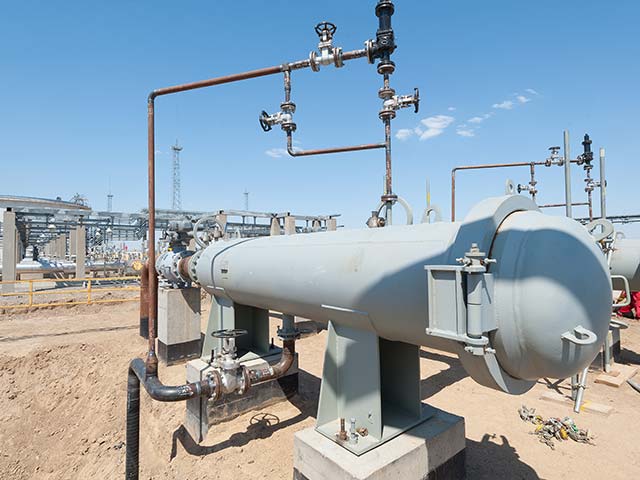
Oil Plus undertook a facility audit together with an on-site analysis monitoring programme to determine the problem areas and check chemical effectiveness.
Sulphate-reducing microorganisms were causing corrosion problems in a plant and central production facility because the current biocides were ineffective and had been neutralised by the clay stabiliser.
An action plan to control immediate situation and development of techno-economically optimised biocide treatment plan.
Production quality and output was improved with an estimated ROI of the study of $202.48m.
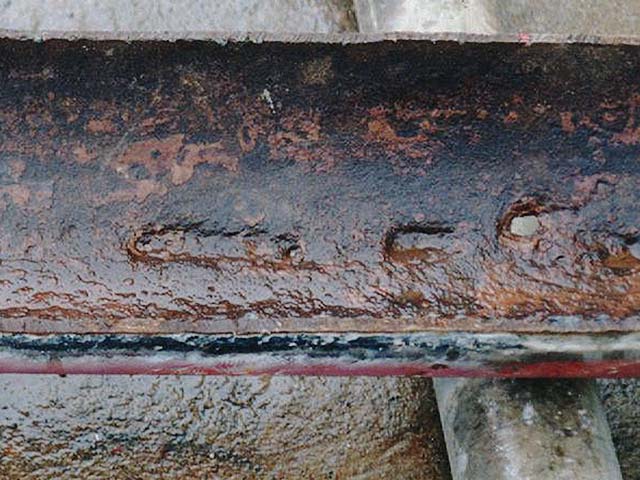
Example of a pipe where microbial activity can be seen at the 6 o’clock position.
A client with historical pipeline integrity issues required quantification of corrosion threats across a network of sub-sea oil and water transport lines.
Oil Plus developed a sampling matrix for the transport pipelines. Each quarter, microbial and physio-chemical changes in the pipeline were recorded.
Water quality and output was improved with an estimated ROI for the study of $78.96M.
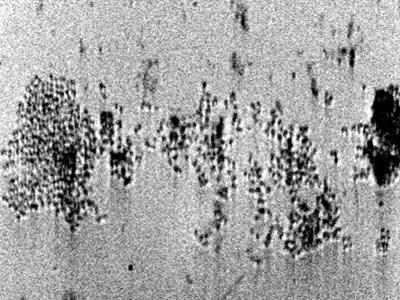
The effectiveness of a particular biocide on a population of microorganisms. In this test, the biocide was seen to have a positive effect on reducing the population levels.
Increased amounts of biocide were required to maintain microbiological control, raising operating costs.
Oil Plus screened and evaluated six dual treatment regimens using its on-site specialised piece of equipment, Biocide Evaluation Test Apparatus (BETA). The best performing, compatible biocide regime was identified and recommended.
Operating costs were reduced with a saving of $2.5m on chemicals over five years. Total estimated ROI of study $102.05M.
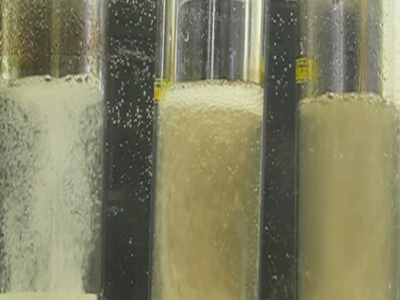
Example showing effect of polymer
The client had started a polymer and ASP [Alkali-Surfactant-Polymer] pilot test and wanted to ensure that the chosen chemical(s) were successfully applied in the surface facilities, at the production wells, and were suitably treated for produced water re-injection (PWRI). This included separation issues in the process fluids.
Oil Plus analysed the production fluid properties including the viscosities of polymer-rich water, emulsion properties of the oil in presence of polymer in return fluid from the wells.
The laboratory testing concluded that the polymers had comparable performance, therefore the client could base his purchasing decision on price and available from supplier.
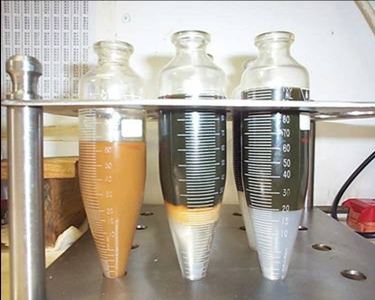
Oil samples taken during the project with signs of sodium stabilised soap emulsion.
Reaction of organic acids with bicarbonate rich produced water causing the formation of metal carboxylate soaps.
Due to the complexity of process fluids being handled, site specific monitoring test methods were created to analyse the process fluids.
Oil Plus’s production chemists worked with the client and their operations personnel over a two year period, assisting with common process issues such as; inorganic scaling, wax control, produced water incompatibility, soap characterisation, microbial fouling, and chemical evaluation. A Chemical Management Programme (CMP) was set up that allowed successful control and cost-effective mitigation of all the flow assurance issues.
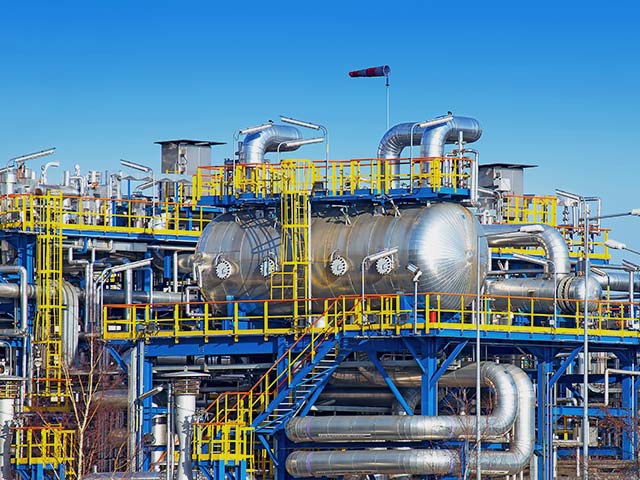
Training for two operations teams on a new produced water injection plant.
Following the completion of a new produced water injection treatment plant, Oil Plus was asked to provide a training programme for its operations teams to maintain areas of strength and bridge knowledge gaps where they existed.
The course material was created specific to the facility, topics included:
Both sets of operations personnel felt confident in running the plant and, learnt how to best optimise performance following Oil Plus’s recommended methods and guidelines.